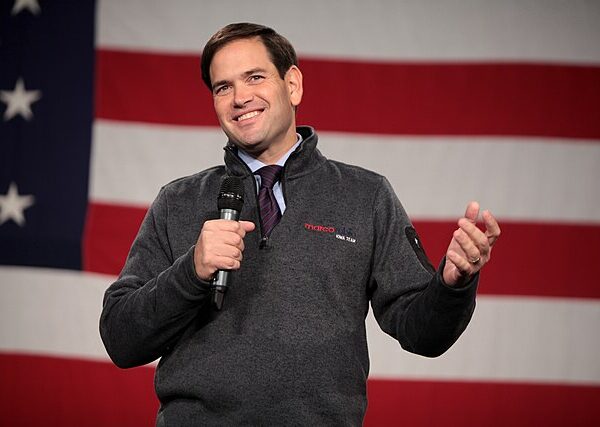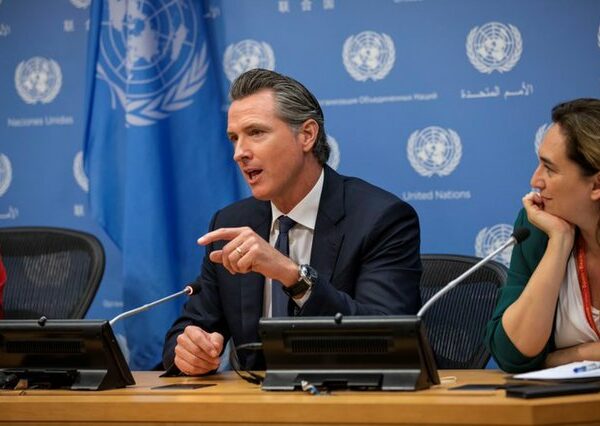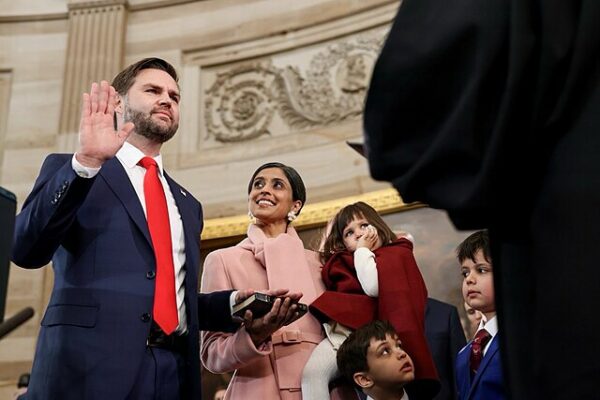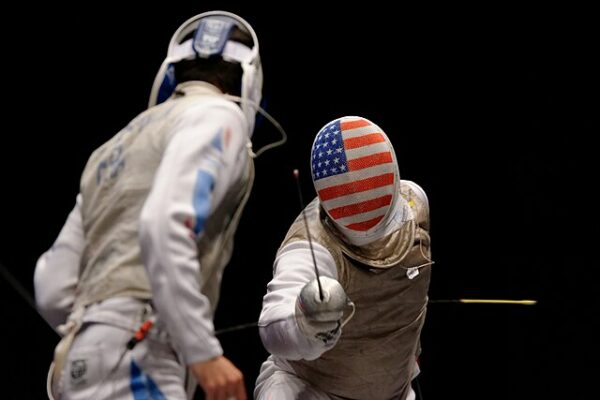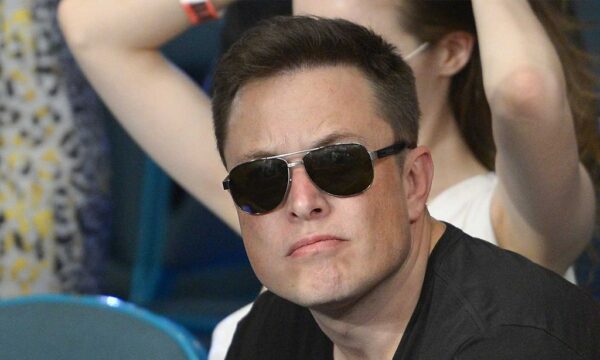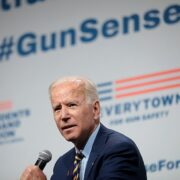
He’s showing what America First really means. President Donald Trump unveiled his most dramatic trade threat yet, vowing to impose a sweeping 104% tariff on Chinese imports unless Beijing swiftly lifts its retaliatory tariffs on American goods—a declaration that risks reigniting a full-scale economic conflict between the world’s two largest economies.
Posted Monday on Trump’s social media platform, Truth Social, the announcement represents a deliberate ratcheting up of tensions with China. The proposed measure comes on the heels of a 34% tariff announced last week and a fresh 50% hike set to take effect April 9. According to current White House officials, the tariffs are not standalone—they stack atop the legacy trade barriers Trump introduced during his first term, compounding their impact on the U.S. economy and global supply chains.
The Chinese government responded in kind last week, pledging matching tariffs on U.S. exports in a now-familiar pattern of reciprocal escalation, noted The Guardian.
Stock markets around the world plunged for a second day on Friday as China announced retaliatory tariffs of 34% on US imports, signalling a major escalation of a trade war ignited by Donald Trump and feeding fears of a global recession.
“For all imported goods originating from the US, an additional tariff of 34% on top of the current applicable tariff rate will be imposed,” Beijing’s finance ministry said.
China’s commerce ministry said that it would also impose more restrictions on the export of rare earths, which are used in hi-tech manufacturing such as batteries and electric vehicles. It added a further 16 US companies and organisations to its export control list, meaning that Chinese companies are restricted from doing business with them.
Trump tariffs live: Vietnam, India and Israel reportedly in talks over new trade deals – as it happened
The 104% tariff—if enacted—would sharply raise the cost of imported electronics, clothing, industrial inputs, and machinery, products that remain central to both consumer demand and domestic manufacturing. In 2024, the United States imported $440 billion in goods from China, making Beijing America’s second-largest trading partner after Mexico.
In 2024, China was accused of unfair trade practices. “Beijing operates its non-market economy in a ‘predatory’ manner,” David Bisbee, deputy permanent representative of the US to the WTO said.
“That is, because of the size of its economy and the volume of its trade, the PRC (People’s Republic of China) is uniquely positioned to be able to use its state-directed approach to the economy to eliminate foreign competition and amass market power.”
Bisbee claimed that state-led industrial plans targeting key industries, like Made in China 2025 which has sought to boost its dominance in high-tech manufacturing using incentives such as subsidies, were a threat to global trade.
“It means that foreign companies are not competing against individual PRC companies; they are competing against the PRC state and PRC companies acting in concert,” he continued.
Despite the looming rupture in U.S.-China relations, Trump struck a confident tone, asserting that new trade talks with other nations would commence “immediately.” But analysts warn that such high-stakes brinkmanship could backfire—deepening inflationary pressures at home and further fracturing an already volatile global trade system.
The communist country has used its economic practices to buy off many of the West’s liberal elites, including, including many Democrats, while also angling to control certain ports of entry, like the Panama Canal. Early in his term, Trump pressured Panama to withdraw from its deals with China that, in effect, granted control over the important waterway to the CCP.
On Monday, the White House announced that it had begun tariff negotiations with several countries, including Japan.
Following a very constructive phone discussion with the Government of Japan, @POTUS @realDonaldTrump has tasked me and @USTradeRep to open negotiations to implement the President’s vision for the new Golden Age of Global Trade with @JPN_PMO Shigeru Ishiba and his Cabinet. https://t.co/oSXTh5ONOe
— Secretary of Treasury Scott Bessent (@SecScottBessent) April 7, 2025
In 2018, Trump had tried to negotiate a trade deal with Japan, without implementing tariffs before being turned aside.
[Read More: Another Assassination Stopped]

